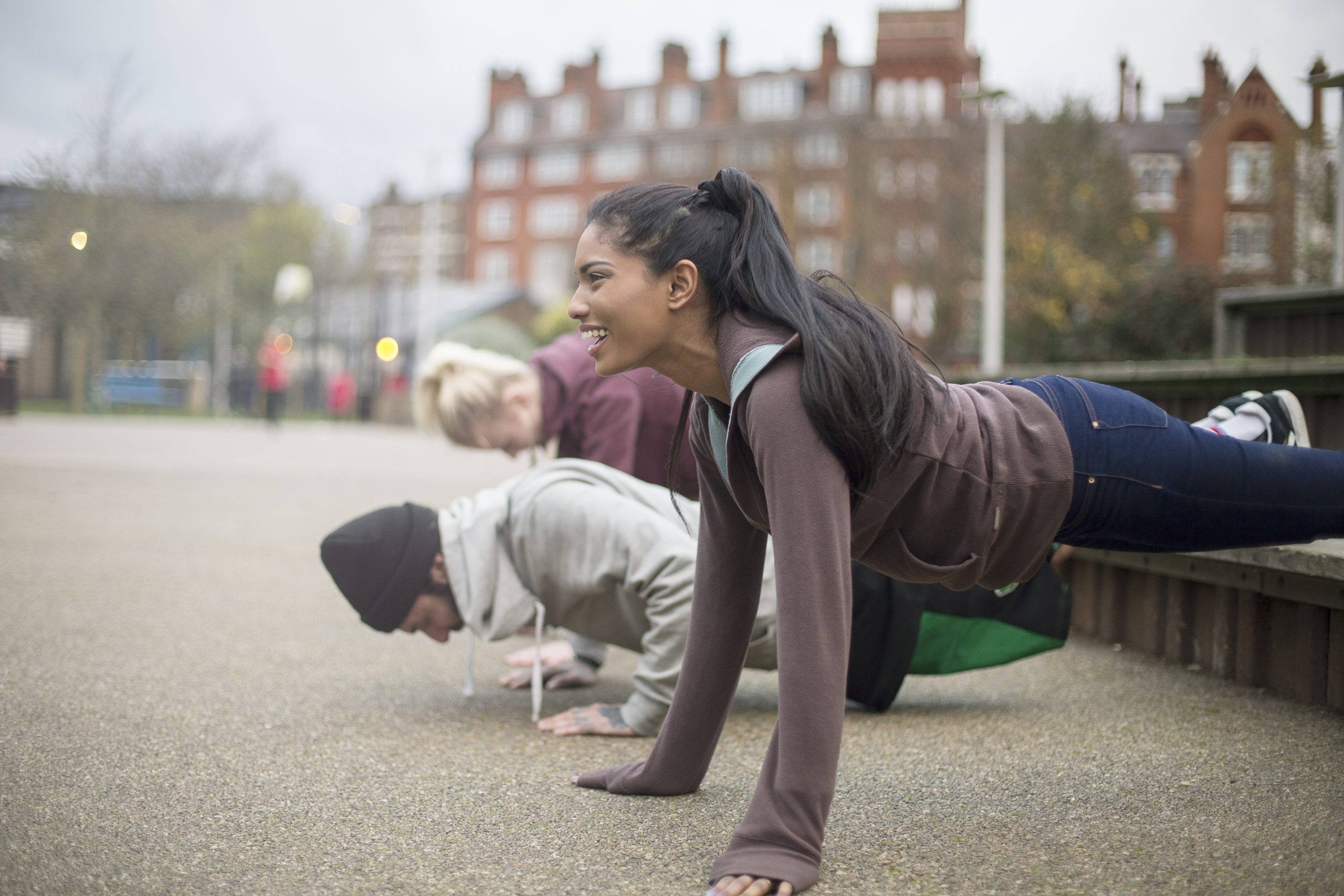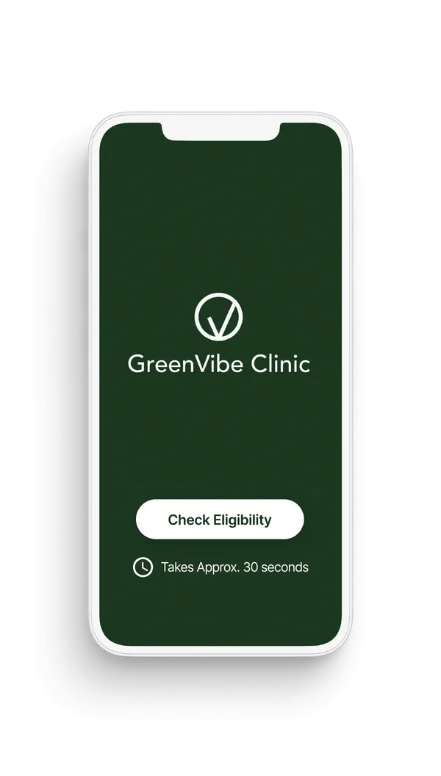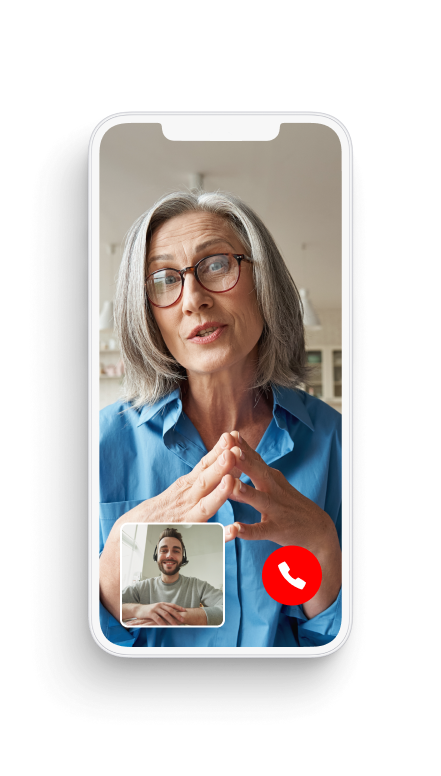Here’s a surprising fact: just 15 minutes of physical activity can boost your mood for up to 12 hours. Yet, many of us still struggle to find an exercise routine that sticks. Why? Because we often follow one-size-fits-all approaches instead of creating a personal wellness journey that actually works for our unique lives and preferences.
In this guide, we’ll explore how to develop an exercise routine that not only improves your physical health but also enhances your overall wellbeing. No more guilty feelings about abandoned gym memberships or failed fitness resolutions—it’s time to discover what truly works for you.
The Mind-Body Connection: More Than Just Physical Benefits
Recent research published in the Journal of Clinical Medicine reveals that regular exercise can reduce symptoms of anxiety by up to 30% and depression by up to 40%. But the benefits don’t stop there:
- Improved sleep quality (by up to 65%)
- Enhanced cognitive function
- Reduced stress levels
- Better emotional regulation
- Increased energy throughout the day
The science behind these benefits is fascinating. When you exercise, your body releases a cocktail of chemicals including:
- Endorphins: Your natural mood elevators
- Serotonin: The “happiness hormone”
- BDNF: A protein that supports brain health
- Dopamine: Your motivation and reward chemical
Finding Your Exercise Style: The Personality Match
Not everyone is meant to be a marathon runner or a CrossFit enthusiast. The key is finding activities that align with your personality and preferences:
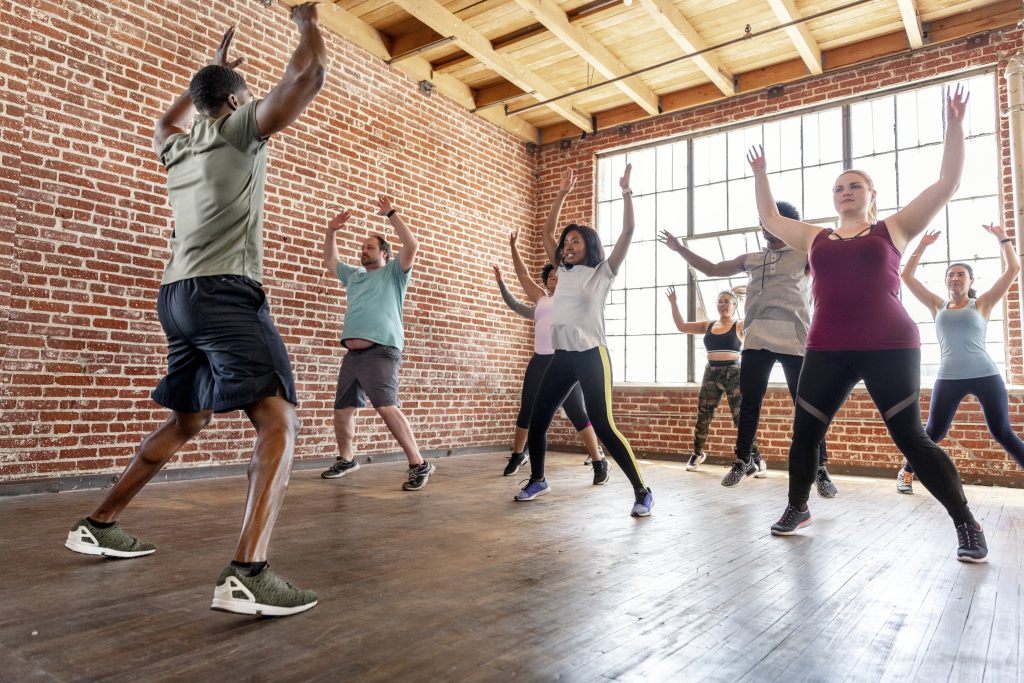
For the Social Butterfly
- Group fitness classes
- Team sports
- Walking or running groups
- Dance classes
- Partner workouts
For the Solo Artist
- Home workouts
- Swimming
- Individual sports (tennis, golf)
- Yoga or Pilates
- Trail running
For the Achievement-Driven
- Goal-based programs
- Fitness tracking apps
- Progressive strength training
- Competition-style workouts
- Milestone-based activities
For the Adventure Seeker
- Rock climbing
- Mountain biking
- Outdoor hiking
- Martial arts
- Surfing or paddleboarding
Starting Your Journey: The Smart Way Forward
Step 1: Begin Where You Are
Start with activities that match your current fitness level. Research shows that gradual progression leads to:
- 60% better adherence to exercise routines
- 40% lower risk of injury
- Higher long-term success rates
Step 2: Set SMART Goals
Make your goals:
- Specific (e.g., “walk for 20 minutes three times a week” rather than “exercise more”)
- Measurable (track your progress)
- Achievable (within your current capabilities)
- Relevant (to your personal interests and goals)
- Time-bound (set realistic deadlines)
Step 3: Track Your Progress
Use methods that work for you:
- Fitness apps
- Written journals
- Photo documentation
- Measurement tracking
- Performance metrics
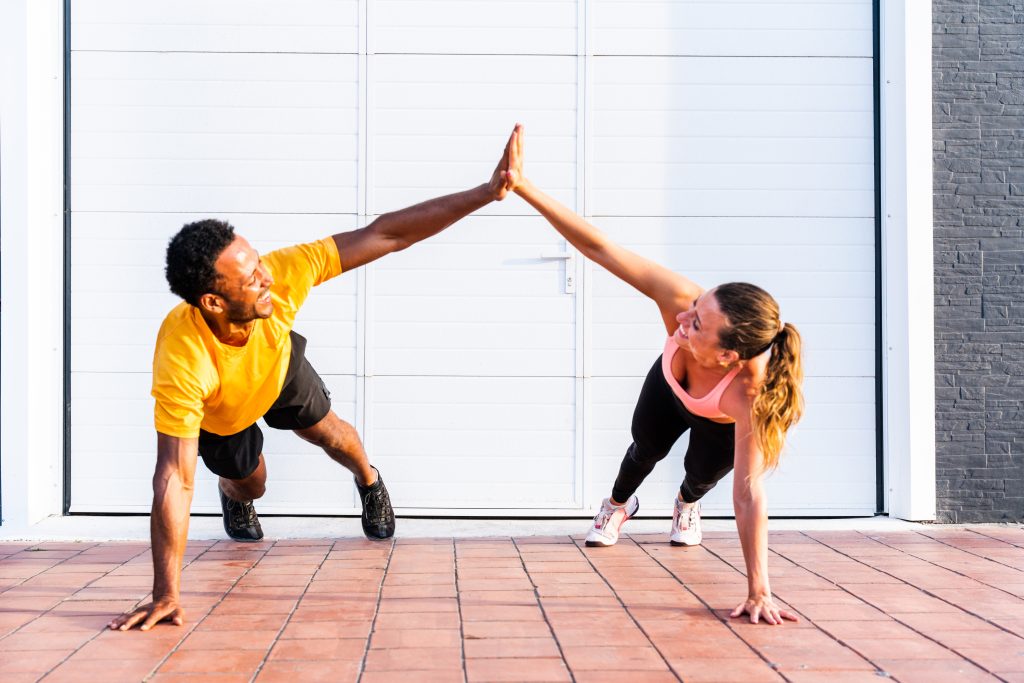
Customising Your Approach: Making Exercise Work for Your Life
Time Management Strategies
- Break exercise into smaller sessions
- Schedule workouts like important meetings
- Use “exercise snacking” (short bursts throughout the day)
- Combine exercise with other activities (walking meetings, active commuting)
Energy Management
- Identify your peak energy times
- Match workout intensity to your energy levels
- Plan recovery periods
- Listen to your body’s signals
Maintaining Motivation: The Science of Habit Formation
Research shows it takes approximately 66 days to form a new habit. Here’s how to stay motivated:
- Create Environmental Triggers
- Keep workout clothes visible
- Set regular reminders
- Prepare equipment in advance
- Create a dedicated exercise space
2. Build a Support System
- Share goals with friends
- Join online communities
- Find an accountability partner
- Celebrate small wins together
3. Use Progressive Challenge
- Gradually increase difficulty
- Set new goals regularly
- Try new variations
- Track improvements
Overcoming Common Challenges
Time Constraints
Solution: High-Intensity Interval Training (HIIT) can provide similar benefits to longer workouts in just 20 minutes
Low Energy
Solution: Start with 5-minute movement sessions and gradually increase duration
Motivation Dips
Solution: Focus on how you feel after exercise rather than during it
Plateau Effects
Solution: Vary your routine every 4-6 weeks
Looking to the Future: Sustainable Progress
Remember that your exercise journey is exactly that—a journey. Research shows that people who view exercise as a lifelong practice rather than a short-term fix are:
- 80% more likely to maintain their routine
- More satisfied with their progress
- Better at adapting to life changes
- More likely to enjoy their workouts
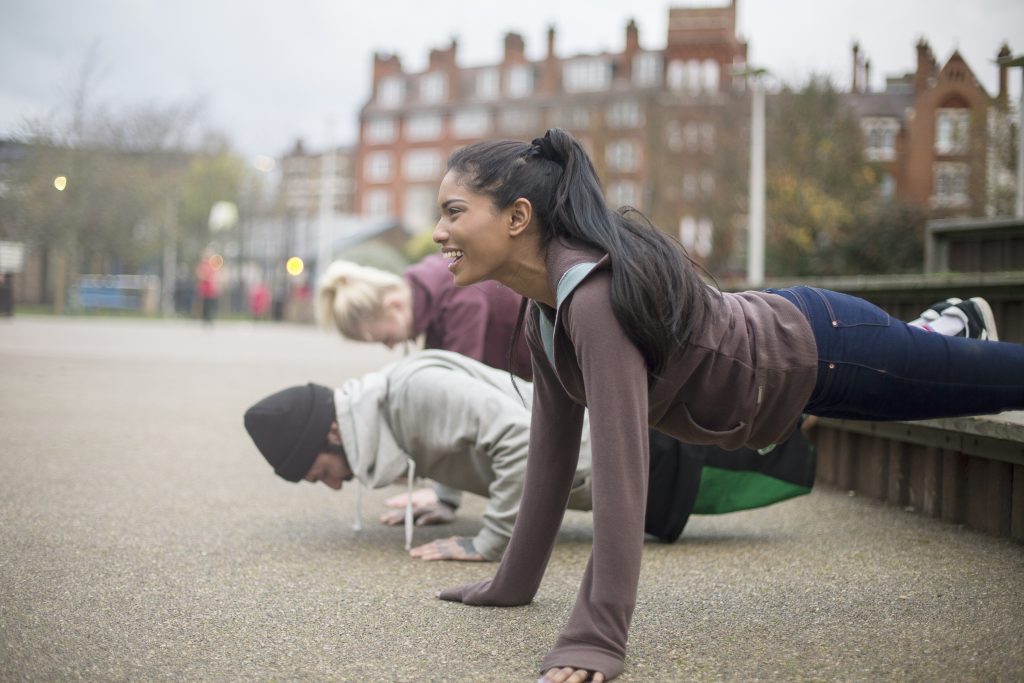
Frequently Asked Questions
How Often Should I Exercise?
The World Health Organization recommends 150 minutes of moderate-intensity or 75 minutes of vigorous-intensity physical activity per week. However, any movement is better than none—start where you can and build gradually.
What’s the Best Time of Day to Exercise?
The best time is when you’ll consistently do it. While morning exercise may boost metabolism slightly more, evening workouts can help reduce stress and improve sleep. Choose a time that fits your schedule and energy patterns.
How Long Before I See Results?
Physical changes typically become noticeable after 4-6 weeks of consistent exercise. However, mental benefits can be felt immediately after a single session. Focus on how you feel rather than just how you look.
Should I Exercise When I’m Tired?
Listen to your body. There’s a difference between being tired from a busy day (when light exercise might energize you) and being exhausted (when rest might be more beneficial). Start with light movement and assess how you feel.
What If I Miss a Few Days of Exercise?
Don’t let perfect be the enemy of good. Research shows that consistent, moderate exercise yields better long-term results than sporadic intense workouts. Simply resume your routine when you can—no guilt necessary.
Conclusion: Your Journey, Your Way
Remember, the best exercise routine is the one you’ll actually do. Start where you are, choose activities you enjoy, and focus on progress rather than perfection. Your wellness journey is unique to you—embrace it, adjust it as needed, and celebrate every step forward.
Take action today: Choose one small, achievable movement goal for tomorrow. Remember, every journey begins with a single step, and you’ve already taken it by reading this guide.
While this article provides general exercise guidance, always consult with healthcare professionals before starting a new exercise routine, especially if you have any existing health conditions.
